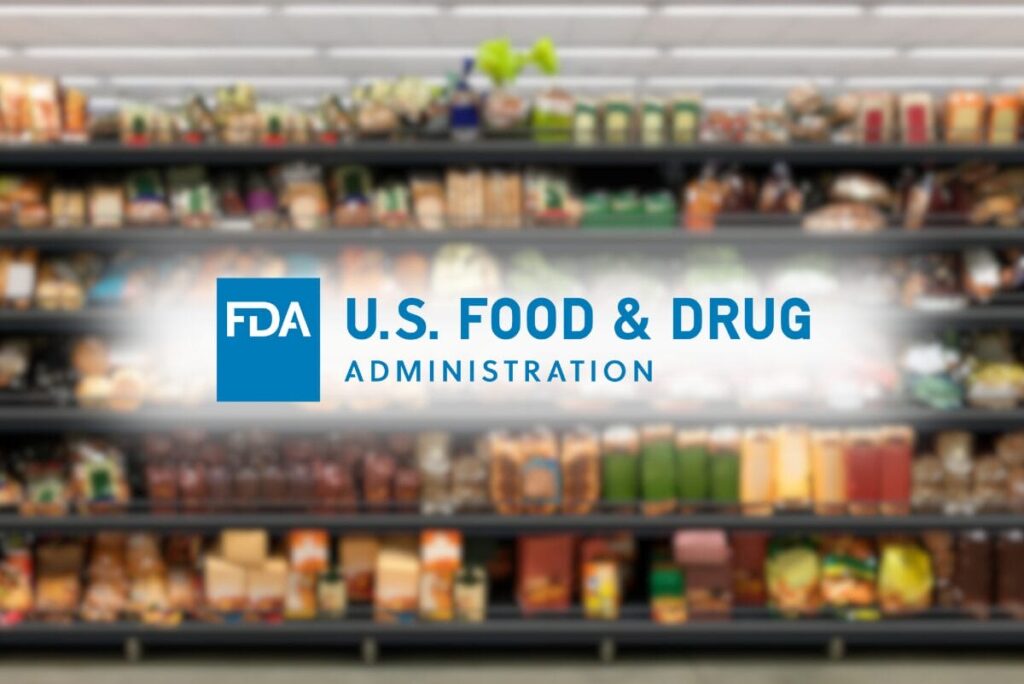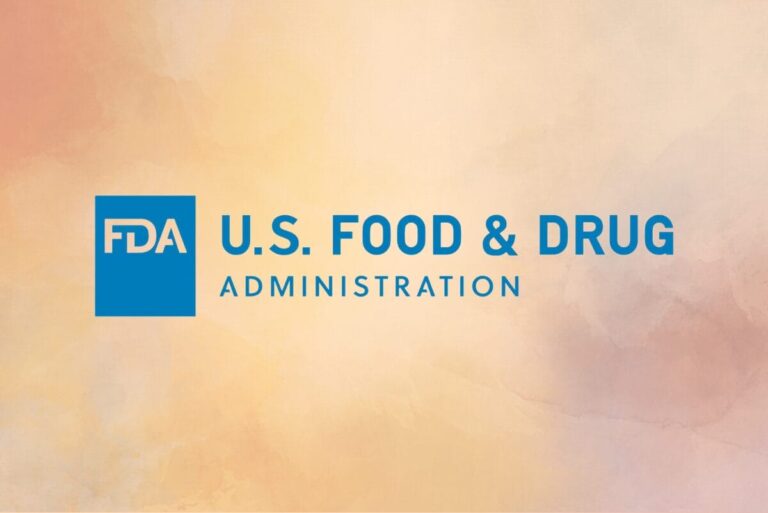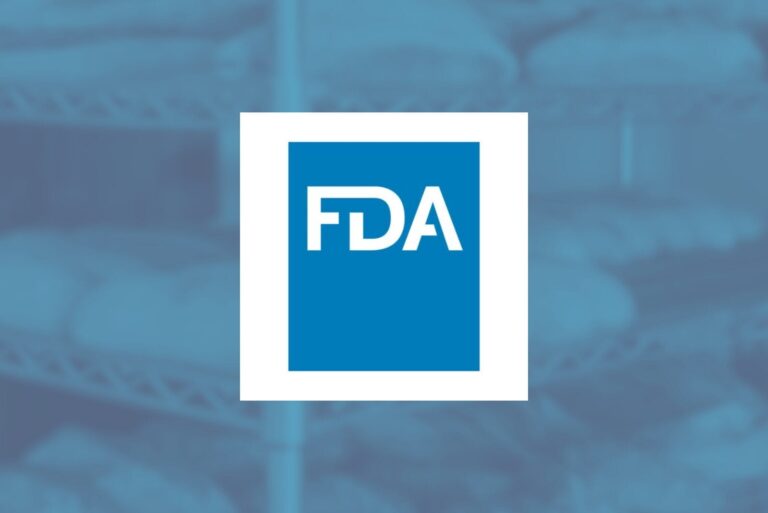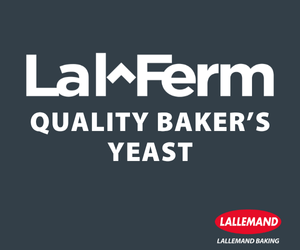SILVER SPRING, MD — In efforts to provide additional nutrition information to consumers, the US FDA has proposed a requirement for most packaged foods to include a front-of-package (FOP) nutrition label.
If confirmed, the proposed FOP nutrition label — also called the Nutrition Info box — would offer consumers key nutrition information at a glance on a product’s saturated fat, sodium and added sugars.









